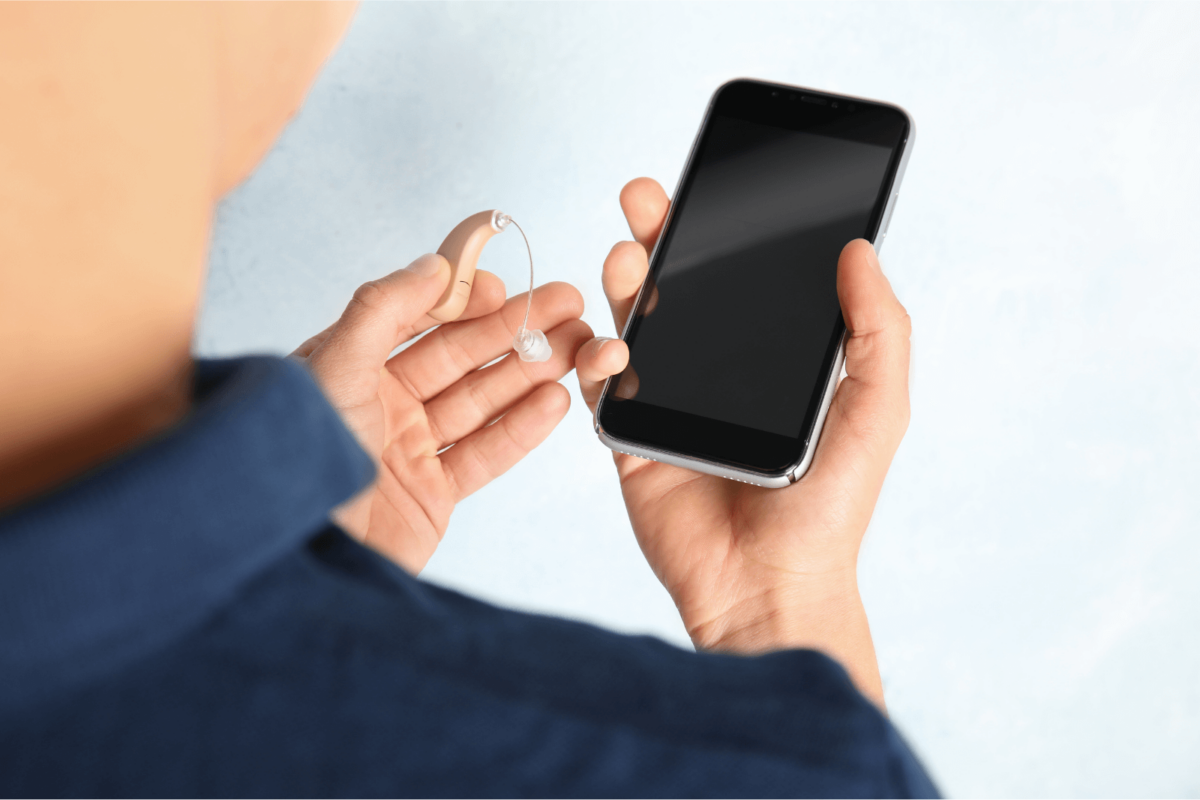Hearing aids have been a game-changer in the hearing department, but sometimes you encounter a problem with your devices. The good news is that most hearing aid problems have easy fixes. We’re here to help you tackle some of the most common hearing aid problems so your devices stay in the best condition.
Your Hearing Aids Aren’t Making a Sound
You pop in your hearing aids expecting clear hearing, and instead, you can’t hear anything. First things first, make sure your hearing aids are switched on and the volume isn’t set to zero. Next, check those batteries – they might need a refresh. If you’re still stuck in the quiet zone, give your hearing aids a thorough cleaning, especially the sound outlet. Wax, dirt, and dust can mess with the sound. If all else fails, reach out to your audiologist for some troubleshooting.
Whistling or Feedback
Hearing a lot of whistling from your hearing devices? Make sure your hearing aids are snugly sitting in your ears – loose fits can cause feedback. If the whistling continues, you might need some adjustments. Time to visit your audiologist for a tune-up to put an end to the whistling.
Earache or General Discomfort
Comfort is king when it comes to hearing aids. If you’re feeling pressure, discomfort, or an earache, it’s likely an improper fit. Check if your earpiece or earmold is the right size and style for your ear. If you still feel discomfort, let us take a look and find out what’s wrong with your devices.
Sounds Are Muddy or Muffled
If the world sounds like it’s underwater or muddy, there’s a problem with your hearing aids. It might be a setting issue, so double-check your hearing aid settings. If things are still sounding off, your hearing aids could be showing their age. Tech evolves, and newer models might be your solution for clearer sounds.
Batteries Run Out of Power Quickly
If your hearing aid batteries are draining quickly, make sure they’re the right type for your devices, and make sure you’re not using old or damaged batteries. When your hearing aids run out of power soon, it could be that your hearing aids are using too much power. Time to chat with your audiologist about more battery-friendly options.
Bluetooth Challenges
When your Bluetooth works it’s like magic. When it doesn’t, it can really impact your hearing. Check that your hearing aids and your device are properly paired. Bluetooth on your smartphone or gadget should be turned on, and your hearing aids should be in pairing mode. Still no luck? Visit us for more troubleshooting.
Ear Wax Buildup
Earwax helps keep your ears clean and moisturized. But too much ear wax can impact your hearing devices. Clean your hearing aids every day to remove any earwax and keep your devices in tip-top shape. And if earwax is a repeat offender, we can help you find wax guards or perform regular cleanings.
One Hearing Aid Stops Working
If one hearing aid suddenly stops communicating with the other, it’s likely a connectivity issue. Turn both hearing aids off and back on to see if they’ve reconnected. You can also check for any clogs or obstructions anywhere on your devices. You can always pull out your manual and sync your aids to get them back into connectivity. Still not connecting? Visit us today for more troubleshooting support.
The New Hearing Aids Don’t Feel Right
New hearing aids take some time to get used to. It can be a bit like breaking in a new pair of shoes – you don’t get used to them overnight. Wear your hearing aids every day to adapt to the new sounds. Still having trouble adjusting after a week or two? Visit us for an adjustment. We’ll make sure your hearing aids are fitting correctly, and adjust the settings to help you get the most out of your devices.
We’re Here for All Your Troubleshooting Needs
Hearing aid issues are common, but most can be fixed pretty easily. Always start with turning your devices off and on again and keep them clean and dry. And remember, if you need any additional support to fix hearing aid issues, we’re always here to help.

